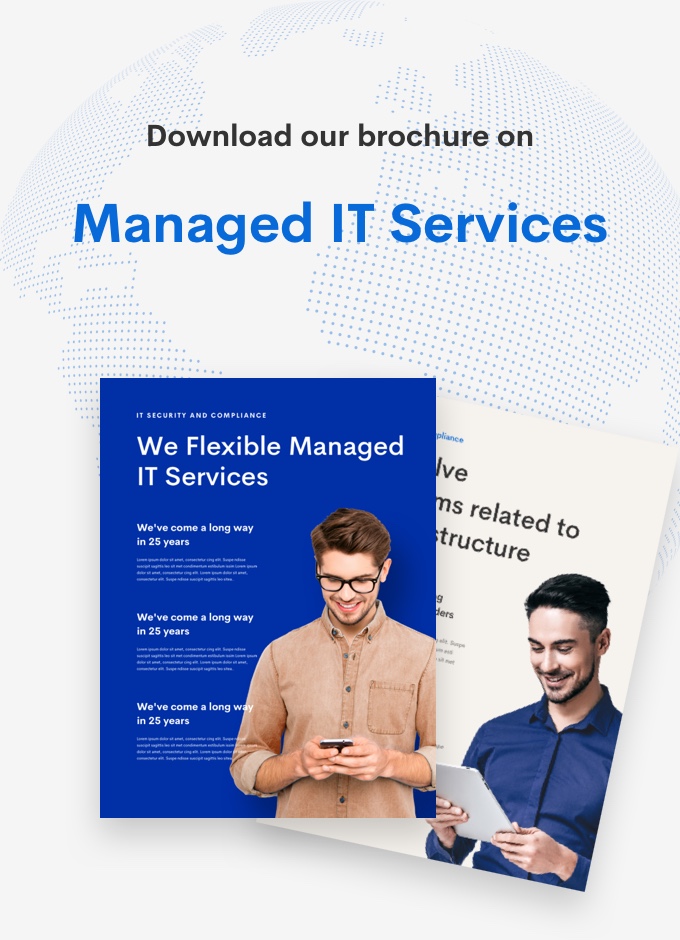Building Software for the Education Industry: A Step-by-Step Guide

Building Software for the Education Industry: A Step-by-Step Guide
The education industry is constantly evolving, and technology plays a vital role in enhancing the learning experience. Building software specifically tailored for the education sector requires careful planning, understanding of the industry’s needs, and effective execution. In this article, we will provide a step-by-step guide on how to build software for the education industry.
Step 1: Identify the Needs and Goals:
Before embarking on any software development project, it is crucial to identify the specific needs and goals of the education industry. Conduct thorough research to understand the challenges faced by educators, administrators, and students. Identify areas where software can provide solutions, such as student management systems, learning management systems, virtual classrooms, or adaptive learning platforms.
Step 2: Define the Scope and Objectives:
Clearly define the scope and objectives of your educational software. Determine the features and functionalities that will address the identified needs. For example, if you’re building a learning management system, consider features like course creation and management, student enrolment, assignment submission, and grade tracking.
Step 3: Engage Stakeholders:
Collaborate with educators, administrators, and students to gather their input and insights. Conduct interviews, surveys, or focus groups to understand their pain points and expectations from the software. Involving stakeholders from the beginning ensures that the software aligns with their requirements and increases user adoption.
Step 4: Design an Intuitive User Interface:
A user-friendly and intuitive interface is crucial for educational software. Design an interface that is visually appealing, easy to navigate, and responsive across various devices. Consider incorporating features like clear navigation menus, search functionalities, and customizable dashboards to enhance the user experience.
Step 5: Develop Essential Features:
Develop features that cater to the specific needs of the education industry. This may include features such as student enrollment, course management, progress tracking, assessments, discussion forums, and communication tools. Ensure that the software supports different educational formats, such as in-person classes, online courses, or hybrid learning models.
Step 6: Personalize the Learning Experience:
Consider incorporating personalized learning experiences into your software. Provide features that adapt to individual student needs, such as personalized recommendations, adaptive assessments, and progress tracking. This enhances student engagement and improves learning outcomes.
Step 7: Ensure Data Security and Privacy:
Security and privacy are paramount when developing educational software. Implement robust security measures to protect sensitive student data, such as encryption, secure login processes, and regular system audits. Comply with data protection regulations, such as the Family Educational Rights and Privacy Act (FERPA) in the United States.
Step 8: Test and Iterate:
Thoroughly test the software to identify and fix any bugs or issues. Conduct user testing to gather feedback and make improvements based on user experiences. Iteratively refine the software to ensure it meets the evolving needs of the education industry.
Step 9: Provide Training and Support:
Offer comprehensive training and support resources to educators, administrators, and students. Conduct workshops, create user guides, and provide online tutorials to help users make the most of the software. Additionally, establish a responsive support system to address user queries and technical issues promptly.
Step 10: Continuously Improve and Upgrade:
The education industry is dynamic, and educational software needs to evolve accordingly. Continuously gather user feedback and monitor industry trends to identify areas for improvement. Regularly update and upgrade the software to provide new features, enhanced functionality, and improved user experiences.
Conclusion:
Building software for the education industry requires a thoughtful and systematic approach. By understanding the needs of educators and students, designing intuitive interfaces, incorporating personalized learning experiences, ensuring data security, and providing ongoing support, you can develop software that enhances the teaching and learning process. Embrace technology’s potential
to transform education and contribute to creating a more engaging and effective learning environment.

